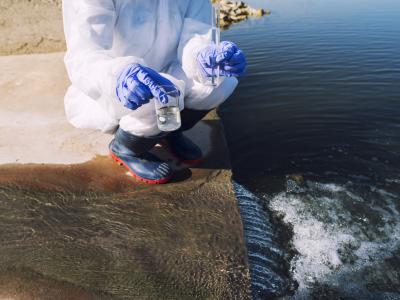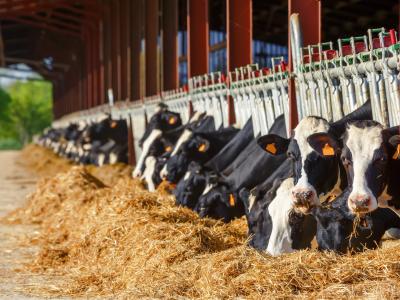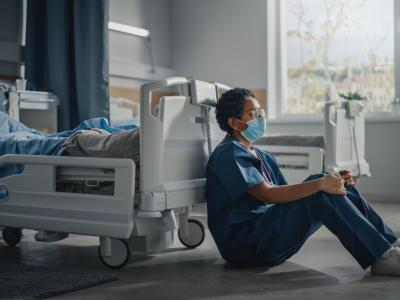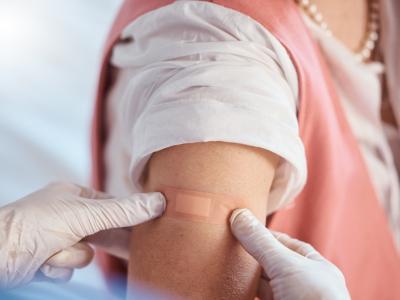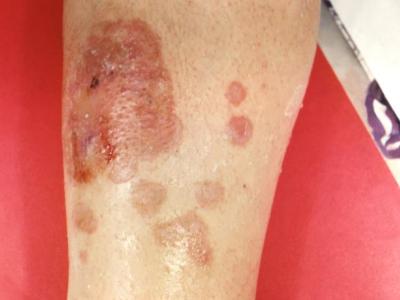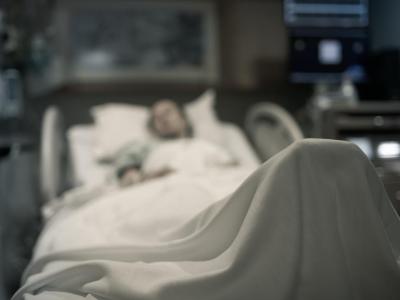Stanford University researchers report that 61% of custody staff and 36% of healthcare staff at California state prisons were unvaccinated against COVID-19 as of Jun 30, 2021, posing risks to inmates, other staff, and the surrounding community.
The findings, published late last week in JAMA Health Forum, also showed that unvaccinated staff were more likely than their vaccinated counterparts to be younger, have previous COVID-19 infection, work with other unvaccinated staff, and live in communities with relatively low vaccine uptake.
The study involved 23,472 custody staff (prison guards, etc) and 7,617 healthcare workers with direct contact with inmates at 33 of 35 California state prisons from Dec 22, 2020, through Jun 30, 2021, when COVID vaccines were readily available. The California Department of Corrections and Rehabilitation provided data on anonymized person-day level for staff and inmates, COVID-19 testing, demographics, and infections among prisoners through Sep 25, 2021.
Most staff were 30 to 49 years old. Most custody staff were men (84%), and most healthcare workers were women (71%). Two thirds of custody staff were Hispanic (38%) or White (28%), and half of healthcare staff were Asian (28%) or White (23%).
Higher share of unvaccinated custody workers than inmates
In total, 6,103 custody workers (26%) and 3,961 healthcare staff (52%) had received at least one dose of a COVID-19 vaccine in the first 2 months of vaccine availability, and then uptake leveled off. As of the end of the study period, 61% of custody workers and 37% of healthcare staff were still unvaccinated.
The proportions of the unvaccinated varied widely among the prisons in the sample, from 37% to 86% of custody staff and 26% to 79% of healthcare workers. Vaccine uptake was lower, by 17 to 60 percentage points, among custody staff than among inmates in every prison.
Vaccine coverage among healthcare workers was lower than that among residents in all but one prison, with reductions of 1 to 48 percentage points. Prisons with higher shares of unvaccinated custody staff also tended to have higher proportions of unvaccinated healthcare workers.
Adjusted analyses showed that unvaccinated status was positively tied to younger age (custody staff: age, 18 to 29 years vs 60 years and older, 75% vs 45%; healthcare staff: 52% vs 29%), and previous COVID-19 infection (custody staff: 67% vs 59%; healthcare: 44% vs 36%).
Other risk factors were living in a community with relatively low vaccine uptake (custody staff: 75th vs 25th percentile: 63% vs 60%; healthcare workers: 40% vs 34%) and sharing shifts with coworkers with relatively low vaccine uptake (custody staff: 75th vs 25th percentile, 64% vs 59%; healthcare staff: 38% vs 35%).
The total proportion of inmates at each prison infected with COVID-19 in the 3 months after the study period ranged from 0% to 7.3% (average, 0.8%). The proportion of unvaccinated custody staff was more strongly correlated with subsequent resident infection rates than the share of unvaccinated healthcare staff or prisoners.
Four of six prisons with the largest proportions of residents infected during this 3-month period had higher than average levels of unvaccinated custody staff, while four had higher-than-average levels of unvaccinated healthcare workers, and five had higher-than-average levels of unvaccinated inmates.
COVID-19 case surges in winter 2020-21 were associated with large increases in infections among staff. At the beginning of the study, California prisons had identified infections in 5% of custody staff and 2% of healthcare workers, but those figures rose to 27% and 12%, respectively, by the end of the study. Among the unvaccinated, no COVID-19 infections were reported in 72% of custody workers and 88% of healthcare staff.
'Substantial risks of ongoing outbreaks'
The study authors noted that prisons and jails are high-risk settings for COVID-19 transmission. About one in four inmates in California state prisons has had COVID-19, and 241 have died. A new study in BMC Public Health found that US prisoners and staff had triple the community rate of COVID-19 (see yesterday's CIDRAP News story).
To increase vaccine uptake among prison staff, the US government and states such as California have tried to institute mandates, which led to some staff resignations and lawsuits that delayed implementation of the mandates, the authors said.
"Some prisons had relatively low rates of coverage for staff and residents, creating substantial risks of ongoing outbreaks," the researchers wrote. "These results highlight the multifactorial nature of reasons for hesitancy, which are a function of demographic factors, community environment, peer behaviors, and other considerations that this study was not designed to measure."
In a commentary in the same journal, Jaimie Meyer, MD; Jaelen King; and Alana Rosenberg, MPH, all of Yale University, said that the results call for a multilevel campaign to increase vaccination of prison staff and address biases that prisons are distinct from community settings or not worthy of attention.
"Ultimately, organizational leadership is necessary but insufficient for vaccination rollout because prisons are often siloed from critical public health infrastructure," they wrote. "Departments of health and related local government offices should take a more active and intentional role about releasing guidance and updates that specifically target carceral settings and integrate prison facility administrators into related planning."











